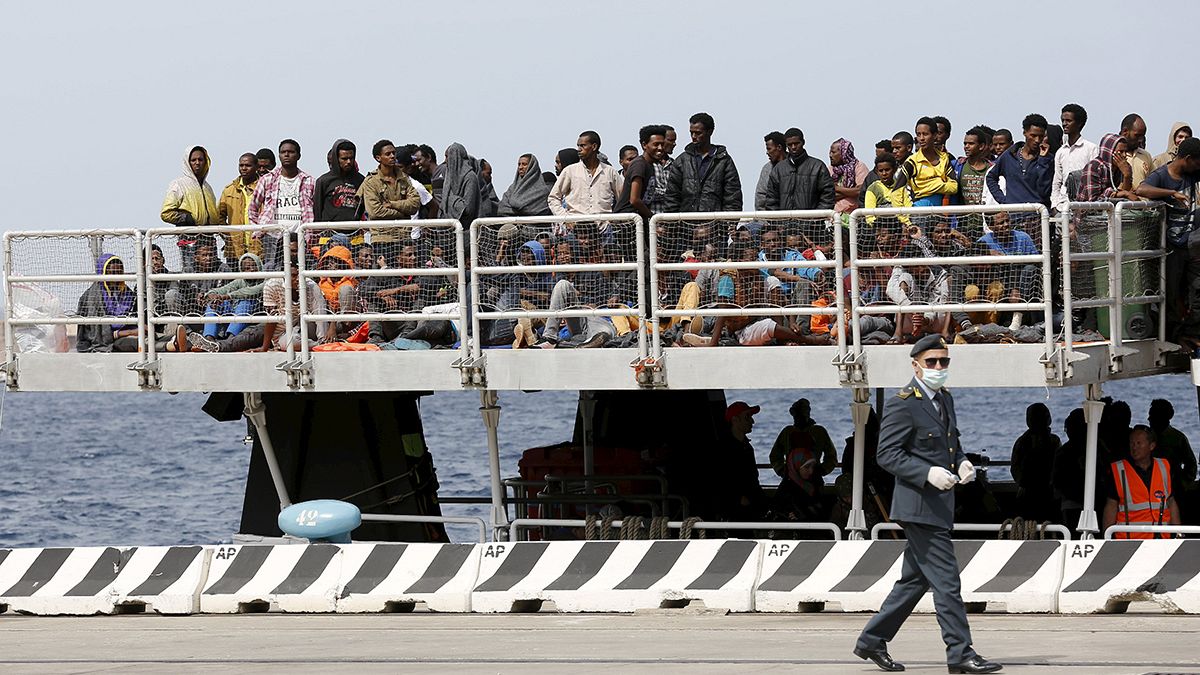As the European Union debates the contentious issue of immigration, Italy continues to accept daily waves of people from north Africa. Italian media
As the European Union debates the contentious issue of immigration, Italy continues to accept daily waves of people from north Africa.
Italian media reports a privately-funded search and rescue vessel has intercepted boats containing hundreds of people and carried them to safety in Sicily.
407 migrants/refugees from Eritrea, Somalia, Gambia and Syria arriving in Messina, Sicily on @moas_eu@MSF_Sea ship pic.twitter.com/0GWryZwz6y
— Alexander Marquardt (@MarquardtA) May 16, 2015
The M.Y. Phoenix belongs to a couple from Malta, who work with aid group Migrant Offshore Aid Station (MOAS) and Doctors Without Borders.
Dr Simon Bryant is working on behalf of Doctors Without Borders in Messina, Sicily.
“So, we ended up with 407 people on this boat, and one young man had a surgical problem,” he said. “We had to transfer him to Lampedusa to the Coast Guard vessel. Also we saw lots of skin conditions, like scabies, in this group – maybe (about) 80 people. We screen everybody when they come on board for fever. In fact, in this group we did not find anybody with fever. We have in other boats.”
Most of those on board the latest boat hail from Eritrea, Somalia, Gambia and Syria. Officials counted 20 children among those risking their lives in the perilous trip across the Mediterranean.
They often set off from Libya, leading to a ban on Bangladeshi workers entering the country. The official government in Benghazi says many cross into Libya in order to then travel on illegally to Europe.
